Table of Contents
Raspberries are also known as Rubus, and they are a plant that belongs to the Rosaceae family. They can either be eaten raw or used to prepare delicious treats such as pies, smoothies, and jam. Containing vitamin C in abundance, these plants are healthy and also help to improve your immunity so that your body can fight off infections.
For growers, planting raspberries is certainly the easiest one to grow in their garden. These are such plants that grow and flourish fast, their production is also early, and fruits continue to ripen over time. It means the growers can pick it for a long time. When it comes to caring for and maintaining them, it is essential to understand how and when to prune raspberries.
Let’s see how, why, and when to prune raspberries and get started.
How to Prune Raspberries?
Summer-Bearing & Fall-Bearing Raspberries
Both of these types of raspberries consist of the same pruning procedure. These types are also known as Floricane and Primocane, respectively.
Chop off any small, sick, or broken stems, canes, or branches during the month of March and April. Once trimmed, leave the stronger ones of about 1/4th thickness. Keep the rest of the branches at 6 inches away from each other. If the tip of a branch has died because of winter, trim them off till the point where you reach the live part of the branch, but if there is only minute damage caused to the branch, then in that case, just trim the quarter of it, As a result of this trimming, branches will be prevented from becoming too heavy and bending down because of the weight of the fruit.
Red Raspberry produces new shoots from their roots. It can lead to a thicket of plants that will be wide and difficult to manage. To avoid this situation, keep the plants on a hedge that is confined to a width of 1-2 feet. Any shoot that grows beyond this parameter, it should be chopped using a sharp knife.
Stepwise Guide to Pruning Raspberries
1. Trim the Canes that Have Borne Fruit
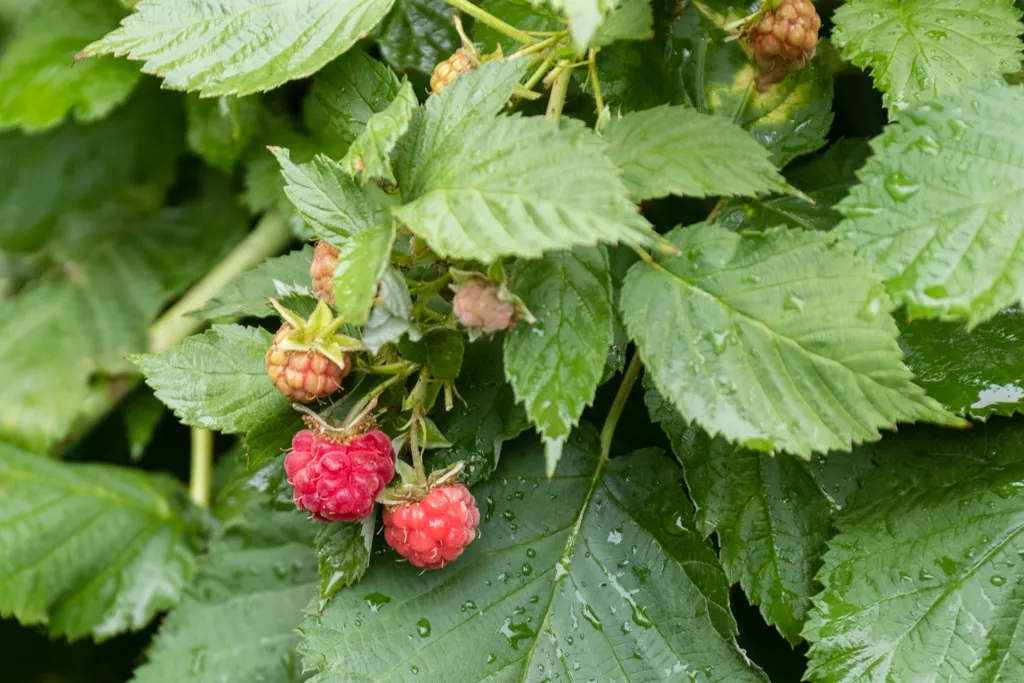
Trimming the canes that have already borne fruit is one of the essentialities when it comes to maintaining healthy raspberry plants. Cut the old branches that have already turned brown right after the berries have yielded fruits. As the cons of such branches have already been discussed above, i.e., such canes begin to become weak as well as least productive. Sharp spears or knives would be required in order to make a neat and clear cut.
2. Reduce the Number of Young Branches
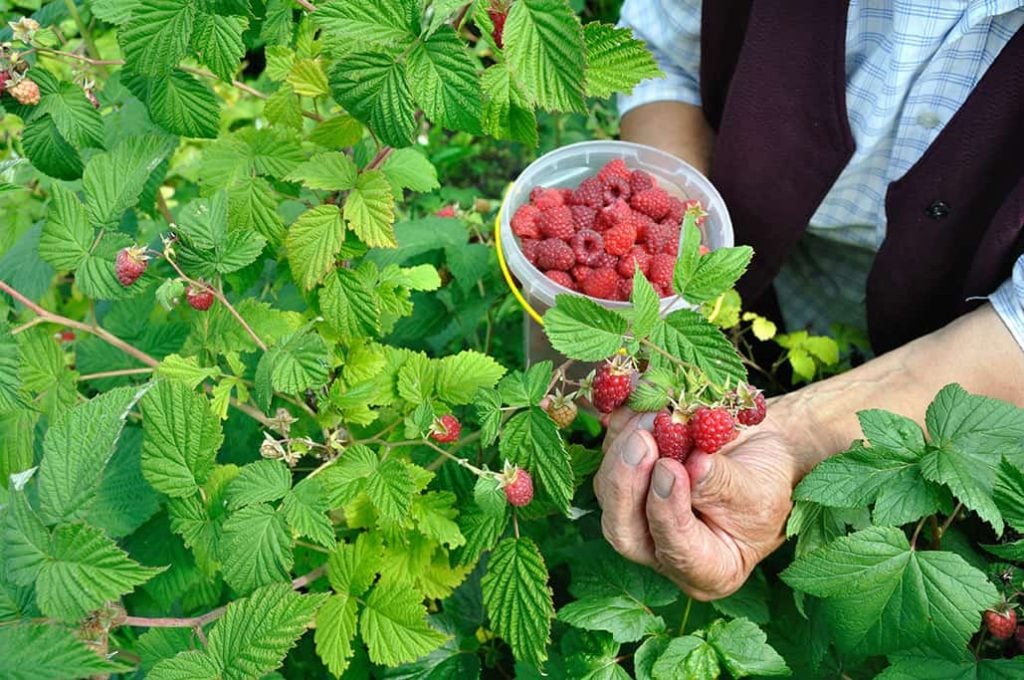
After the raspberries have borne fruit and grown enough, it is required to remove a few of the new canes as it will help the plant to become stronger and bear bigger fruits. Choose between 8 to 10 strongest canes and remove the remaining ones. Tie them from a support structure, make sure they are 12-15 cm apart from each other to make the availability to sunlight and flow of air, and stand 90cm tall. In this way, plants can share the resources so that they can produce higher-quality fruits.
3. Chop the Damaged Stems/branches
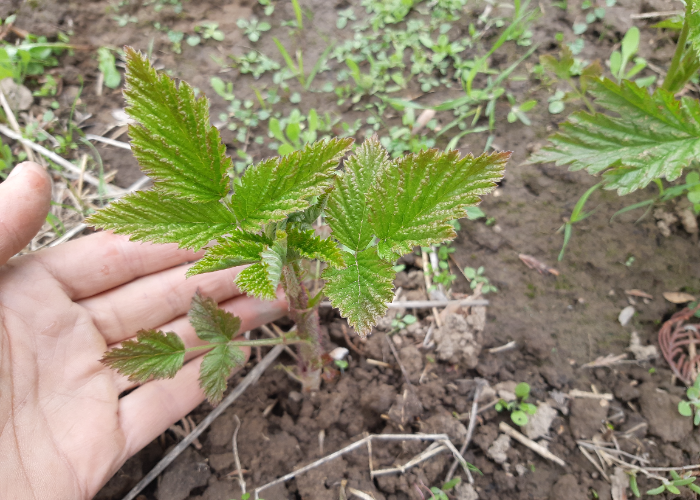
The growers should also cut those branches that are weak and damaged, as a result of which plants will continue to remain healthy and flourish more. It also helps in the betterment of plants and also gives way for more sunlight and air to reach the remaining branches, which further helps in the process of photosynthesis. It becomes important to keep inspecting the plants regularly and chop off the weak and damaged canes immediately.
4. Pruning in Spring
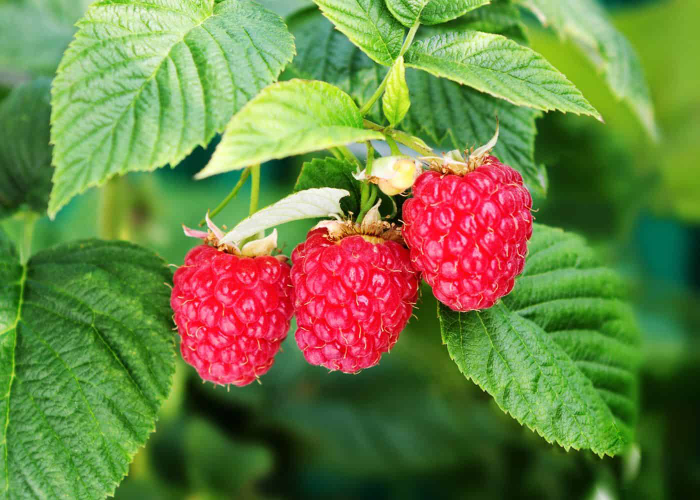
Spring is said to be the right time for the growers to prune the plants for about 15 cm from the above part of the support structure if there is any damage occurs due to frost. It further helps plants to recover from the damage that happened and encourages fresh growth. Moreover, when the planter has a firm idea of when to prune raspberries, they indirectly help them maintain stability in the growth. Growers, by pruning the plants, make sure that the stability of plants is maintained, which further will result in better productivity.
When to Prune Raspberries
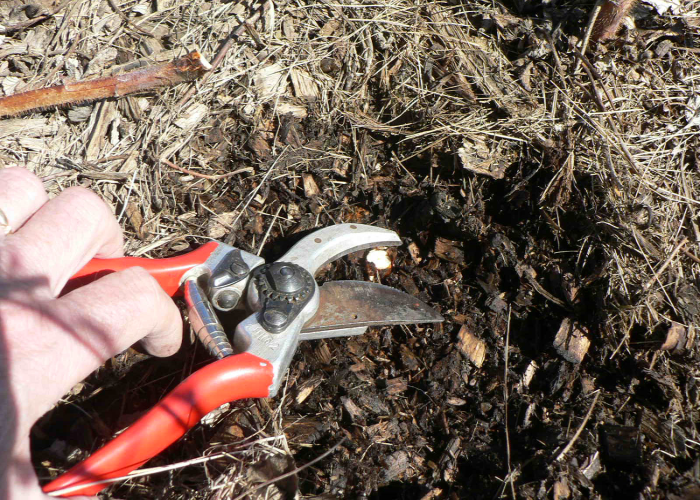
Beginners often have a little idea of when to prune raspberries. Usually, it takes more than a year for raspberries to grow enough when they have grown fully, and as soon as new growth starts to appear, planters need to trim them during the beginning of the spring. When the young branches grow about 4-5 feet high, the planter has the idea now about when to prune raspberries and that it is time to trim them.
As a result, this will stop them from developing too much and blocking the sunlight. Furthermore, it will also help them to yield fruits, taste, and grow better. Chop off and get rid of sick, dead, damaged, or thin branches. When the plant gets bigger, trimming small and skinny branches becomes important. What needs to be kept from trimming are those 8-10 strong and thick canes.
Favourable Condition to Plant Raspberries
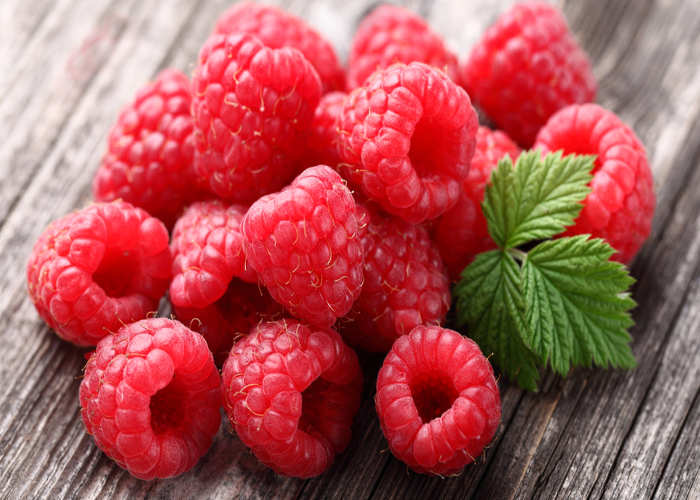
Though these plants tend to grow better in a sunny area, it is not like other fruits or plants. These plants thrive best in a somewhat shaded environment. However, they will bear more fruits if they get more sunlight. Pick a planting location with good soil that drains well and has good airflow. Try to avoid places that are too windy or damp since raspberries do not prefer being too dry or soggy. Every year cover the soil where you intend to plant raspberries with a few inches of compost or aged manure. Before two weeks of planting them, incorporate the compost or manure into the soil. For every 100 square feet of planting space, 3.5 cubic feet of compost is a fair quantity to utilize since there is a chance that pests and diseases from wild berries will spread to the cultivated plants and harm them, plant your berries far from such wild ones.
How to Plant Raspberries
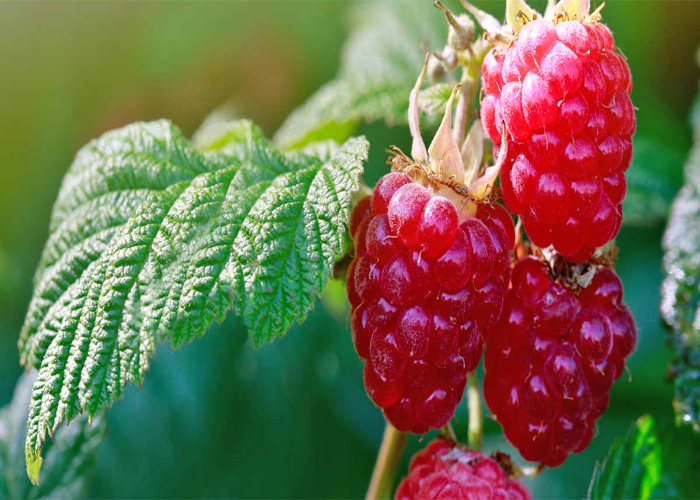
Before getting into planting raspberry bushes, soak the roots for an hour or two in water. Next, create a hole that is big enough for the roots to grow into. It is simpler to create a trench if you are planting more than one bush. Whether the growers or planters are planting potted plants or bare-root ones, keep their crown 1-2 inches above the level of the ground. Each row should be about 4 feet away from each other, with canes spaced about 18 inches away. Put soil in the hole and compact it with your foot. Cut the branches to a height of 9 inches after planting to promote fresh growth. It might be needed to construct a support structure, such as a fence or trellis, depending on the type of raspberry plant.
Make two 6-foot posts into the ground at the end of a row of shrubs and place the barbed wire in between the posts. While fall varieties only require two wires, summer fruiting raspberries require three wires.
Growing and Mulching
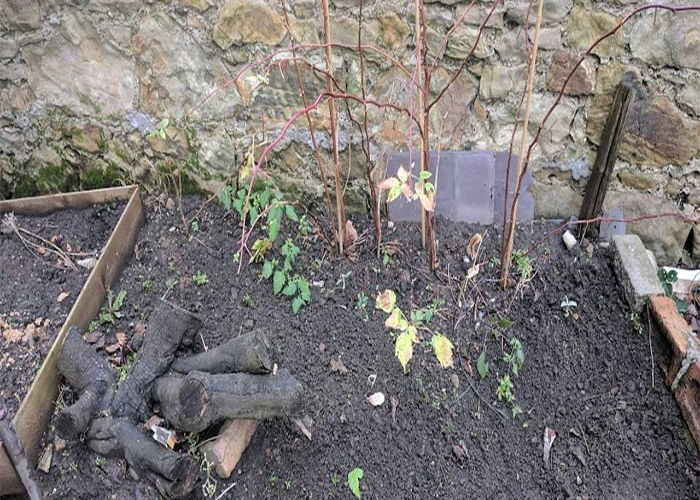
The question might be popping up while coming across this word, Mulching. Basically, Mulch is a substance that is spread over to the soil to prevent weed development and help retain moisture. It can be constructed from various substances, including cardboard, fallen leaves, plant debris, compost, chipped wood, decaying manure, and algae. Natural plant waste and discarded leaves make up mulch in the wild. In the spring, mulching the ground can help the soil retain moisture, prevent weed growth and hydrate it. Mulch serves as a barrier in the winter to guard against erosive weather and to screen plants from the cold.
4 Easy Steps to Grow Raspberries
- To keep the soil moist and prevent uninvited weeds from sprouting around the plants, cover the area with a layer of mulch. All season long, it is recommended to maintain a significant layer of mulch around the plants.
- From the beginning of the spring and until the end of the harvest time, give the raspberry plant one inch of water every week. Instead of giving the plant a one-time deep soak, it is preferable to water them frequently.
- By cutting off any undesirable canes that emerge outside of the rows, keep the raspberry bushes tidy. These sucker canes will fight with the berries for nourishment and decrease their amount the following year.
- Use the sucker canes to create more raspberry plants if desired. They should be dug up and moved to a freshly prepared patch of soil. Water them frequently once planted.
Pruning Raspberries – Summer Fruiting and Fall Fruiting
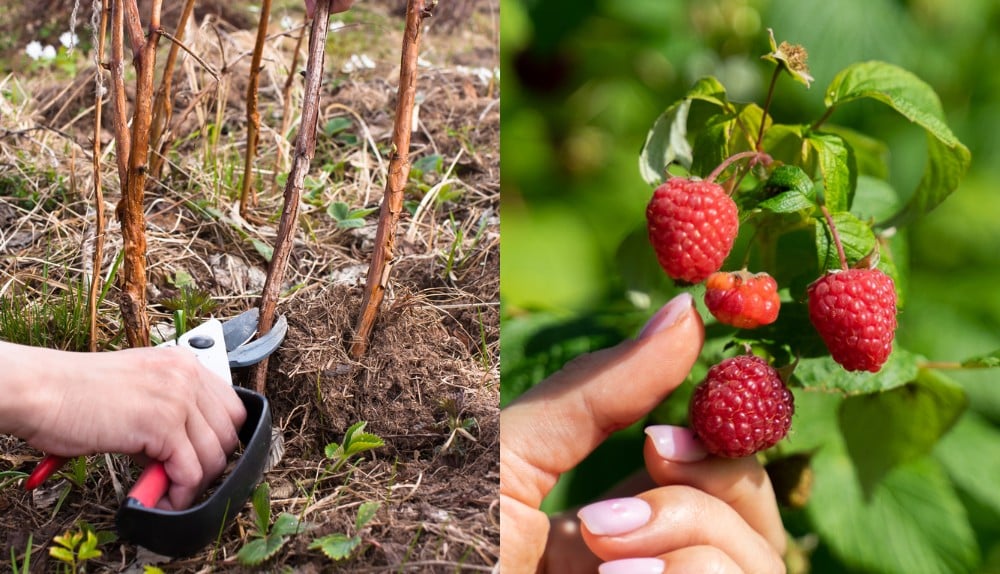
It becomes important for the raspberry canes and bushes to get pruned so that they can yield healthy fruits in abundance and not get unwell in return. These plants are easy to cultivate, and also they taste super delicious. For good results, it is essential to trim them each year so that the growers can enjoy big and yummy berries from their gardens. It becomes necessary to do so because if the canes get too close, the plants could possibly die. This process does not take much time or effort, and learning how to do pruning is also an easy process.
Now, since there are various varieties of raspberries, the process of pruning depends on what type of raspberries are planted in the garden, like whether they are summer fruiting raspberries that grow and flourish from the month of June to August or Fall-bearing or ever-bearing berries that grows between late summer and November. Treatment of pruning is different for both types. This is yet another reason to get clarity on when to prune raspberries according to their type.
Significance of Pruning Raspberries
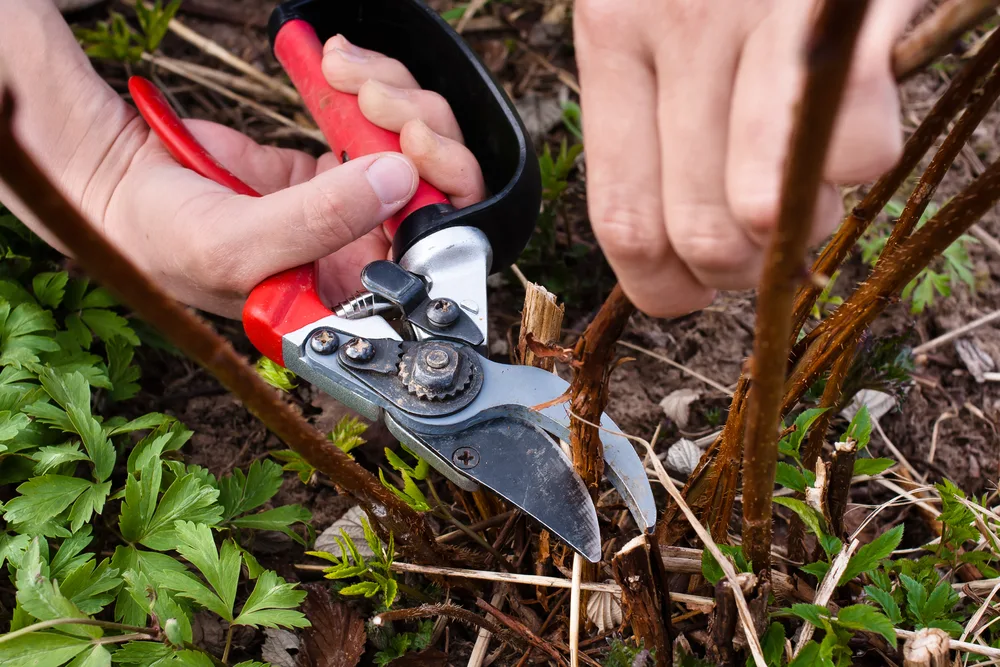
Growers need to understand the significance of when to prune raspberries. They also need to trim the plants every year, as they grow every year. The branches of these plants last only for two summers. Primocane and Floricane grow in the first and second years, respectively. In the first year, primocanes grow that have green branches but do not yield any fruit. In the next year, floricanes grow, which means the same branch, but this time, they yield fruit, and then they die. This process of growth repeats every year, and this is why the planters need to cut off the dead cane every year. Pruning becomes significant because if not done, they can tend to hurt themselves, and as a result, there will be fewer branches that yield fruit and a smaller harvest.
Final Thoughts!
Everybody who enjoys gardening can benefit from planting raspberries in their garden. A healthy and productive plant can be ensured by taking a few simple precautions. Planting them in a location with good sunlight and frequent watering and fertilization can promote healthy growth and boost fruit bearings. Cane thinning, pruning, i.e., how and when to prune raspberries, and appropriate mulching can also promote the maintenance of plants and mitigate any risk of infections.
These plants can be vulnerable to pests and illness, so it is essential to maintain the plants and keep them from weeds and wild berries, and also to look for any such symptoms of infection on a regular basis. Routine maintenance, such as trimming, replanting sucker canes, and chopping off the dead ones, is required to keep the plants healthy and thriving.
Gardeners can have an abundant supply of fresh berries every year if they follow these simple and easy procedures of how and when to prune raspberries.
Frequently Asked Questions (FAQs)
What Would Happen if We Do Not Cut the Raspberries at All?
If they are not trimmed or pruned at all, the plant will begin to get overcrowded. This would also result in less fruit productivity over time. Furthermore, if you leave the old canes as it is, they will start attracting pests, disease, and infections. There would not be enough sunlight and airflow for those parts of plants that are still healthy, and gradually this non-pruning process will lead to their destruction completely.
What Could Be the Appropriate Way to Trim the Canes of Raspberries?
Firstly, you have to wait until the canes have borne fruits, and then comes the time when you can remove those canes. Leaving 8 to 10 stronger ones, remove the rest of them, and tie those left with the supporting structure 12-15 cm away from each other. But make sure you do not do over-pruning because that will not lead to good results for fruits.
How Many Times You Can Harvest These Raspberry Plants?
Basically, raspberries can be planted multiple times, but mostly between the late spring and early fall seasons. Most importantly, it depends on various factors when you think about growing raspberry plants, such as their variety, the climate condition, and the growing criteria. Still, you can have about 2 to 3 harvests in a single season.
Is It Mandatory to Provide Raspberry Plants with Full Sun?
Yes, it is always recommended to grow these plants in a way where they can receive direct sunlight as well as continuous airflow, which basically should be a minimum of six hours every day. It is essential for them to get sunlight so that there can be unhindered fruit production. Otherwise, they may produce only a few berries, or it could also happen that berries might not ripen adequately.





